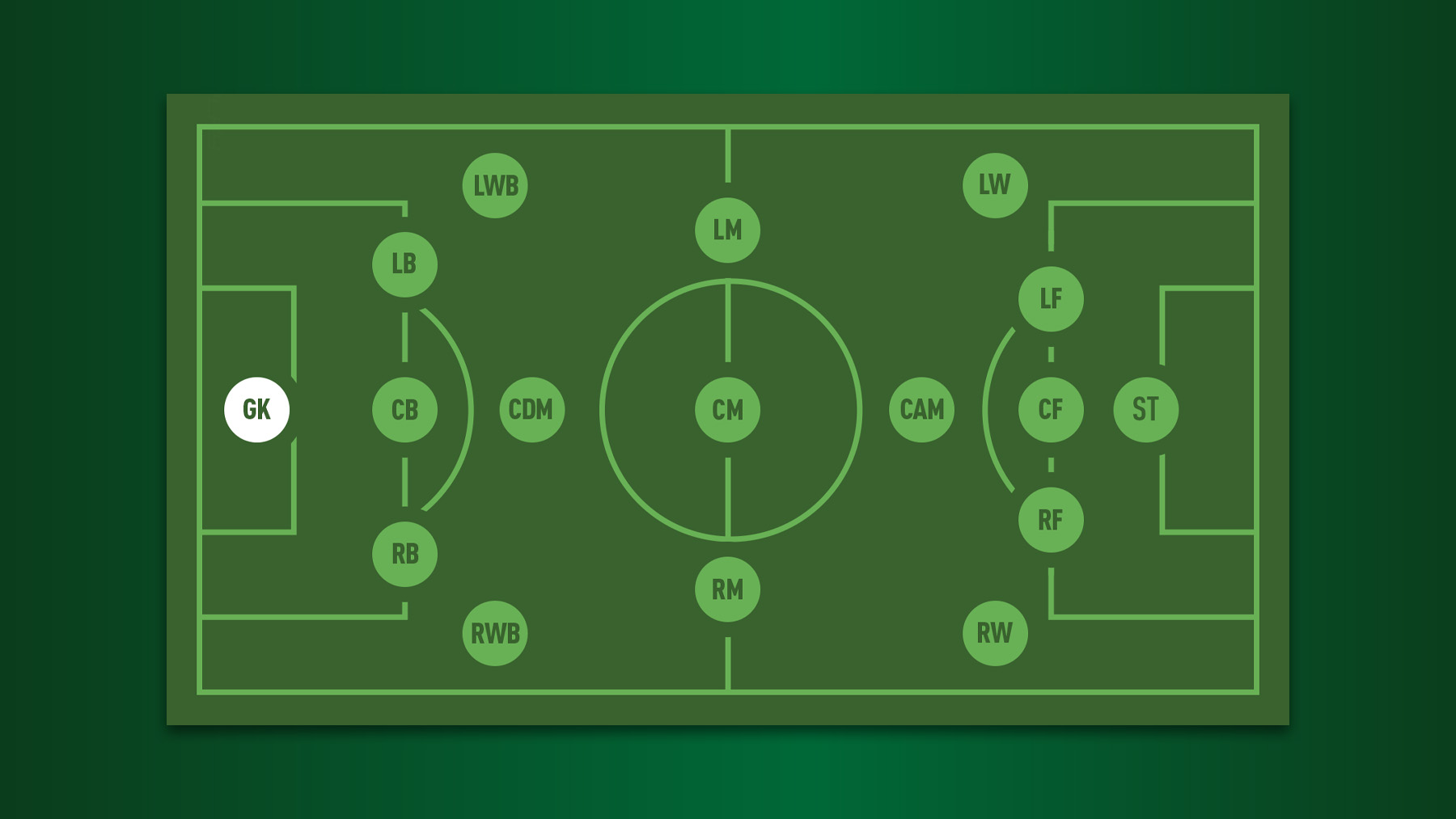
Selecting the right formation is an important part of football tactical planning. The formation you select can have a considerable impact on your team’s playing style, defensive stability, and offensive power. When choosing on a formation, it is critical to carefully evaluate numerous elements in order to maximise your team’s ability on the field. Here are some crucial factors to consider while deciding on the best formation for your football squad.
Understand Your Squad
The composition of your squad is the most important consideration. Assess your players’ strengths and limitations, including their skill sets, positional awareness, and physical characteristics. Customise your formation to highlight the strengths of your key players while mitigating any potential weaknesses.
Your Style of Play
Different formations accommodate various types of play. If your squad values possession and short passing, a formation with a strong midfield presence, such as the 4-3-3 or 4-2-3-1, may be appropriate. If you choose a counter-attacking strategy, formations such as the 4-4-2 or 3-5-2 may give the required defensive strength and swift transitions.
Opponent Analysis
Consider the strengths and weaknesses of your upcoming opponents. Certain formations may exploit specific vulnerabilities in the opposition’s setup, while others may leave your team exposed to counterattacks. Adapt your formation based on the specific challenges posed by the opposition to increase your chances of success.
Player Roles and Responsibilities
Once you’ve chosen a formation, define the roles and responsibilities of each player within that structure. A well-coordinated team requires players to understand their positional roles, defensive responsibilities, and attacking contributions. Clearly communicate these expectations to enhance player understanding and cohesion on the field.
Adaptability and Adaptability
While having a preferred structure is important, being adaptive is as necessary. Football is a dynamic sport, and circumstances may demand a formation change during a match. Prepare your team to switch formations effortlessly in response to in-game scenarios, injuries, or tactical changes.
Set Piece Considerations
Set pieces, such as corners and free kicks, are extremely important in modern football. Examine how your team’s defensive and offensive powers are affected by your chosen configuration during set-piece situations. Adjust your setup to capitalise on scoring possibilities or reduce defensive vulnerabilities.
Player Fitness and Work Rate
Consider the fitness levels of your players and their work rates when choosing a formation. Some formations require more intense pressing and running, while others may be more conservative. Tailor your tactical strategy to ensure that your players can perform at their top throughout the game.
Comments